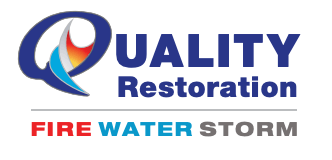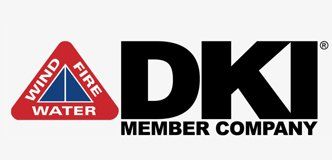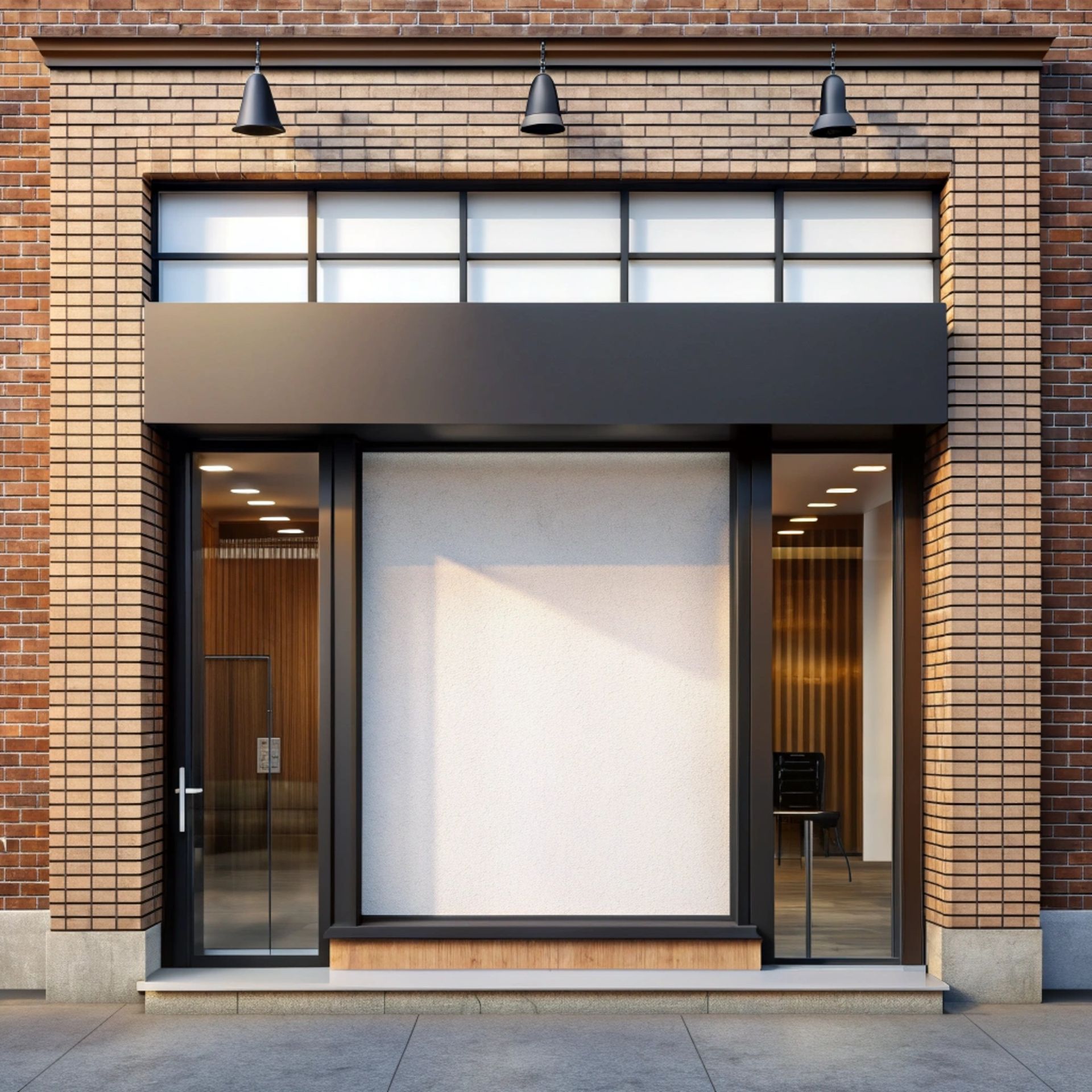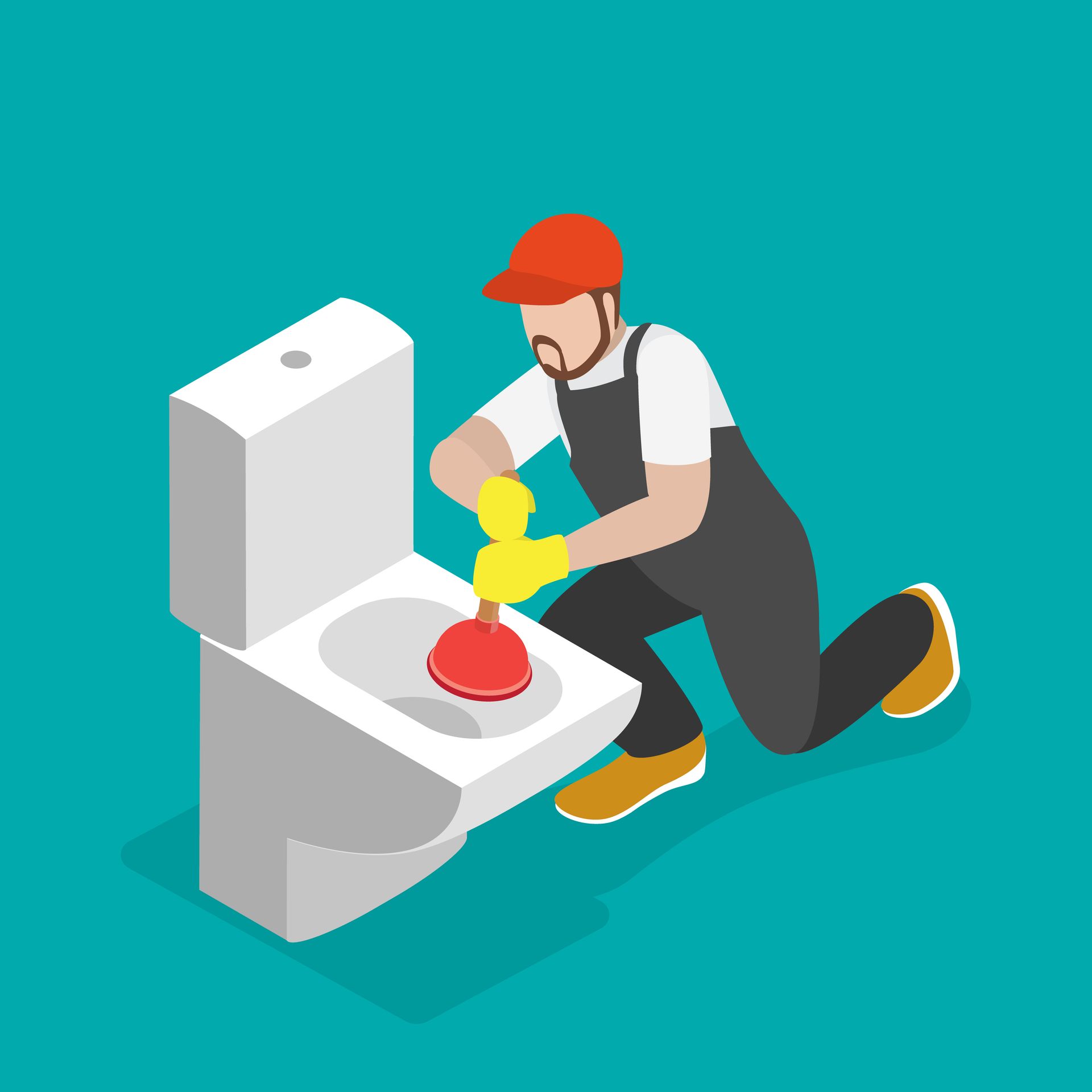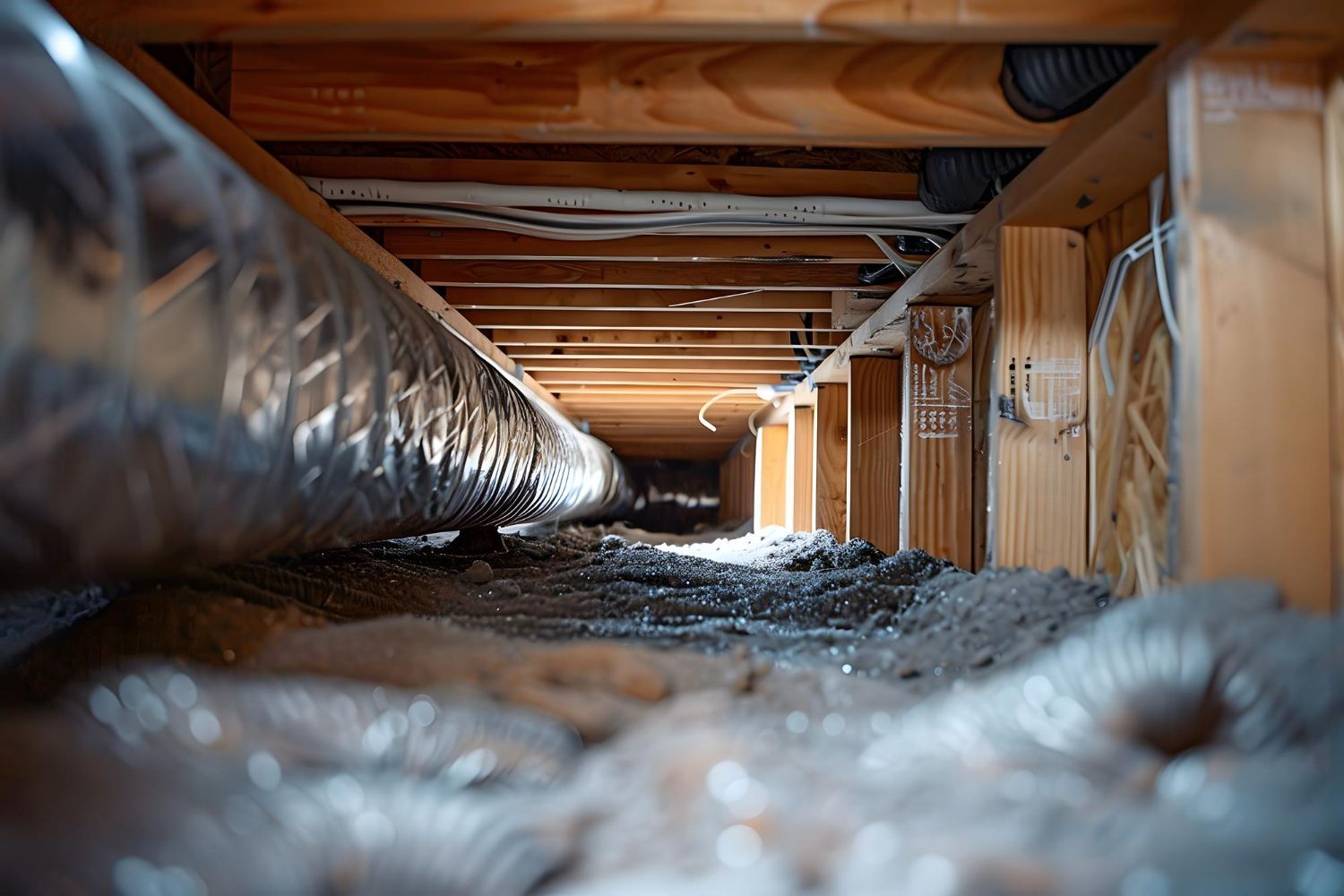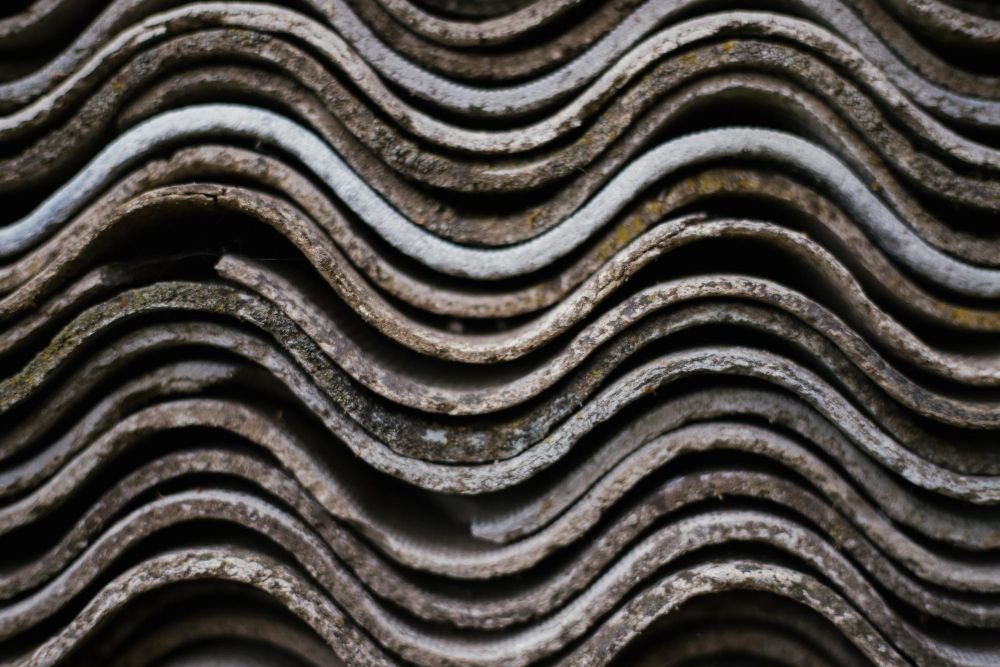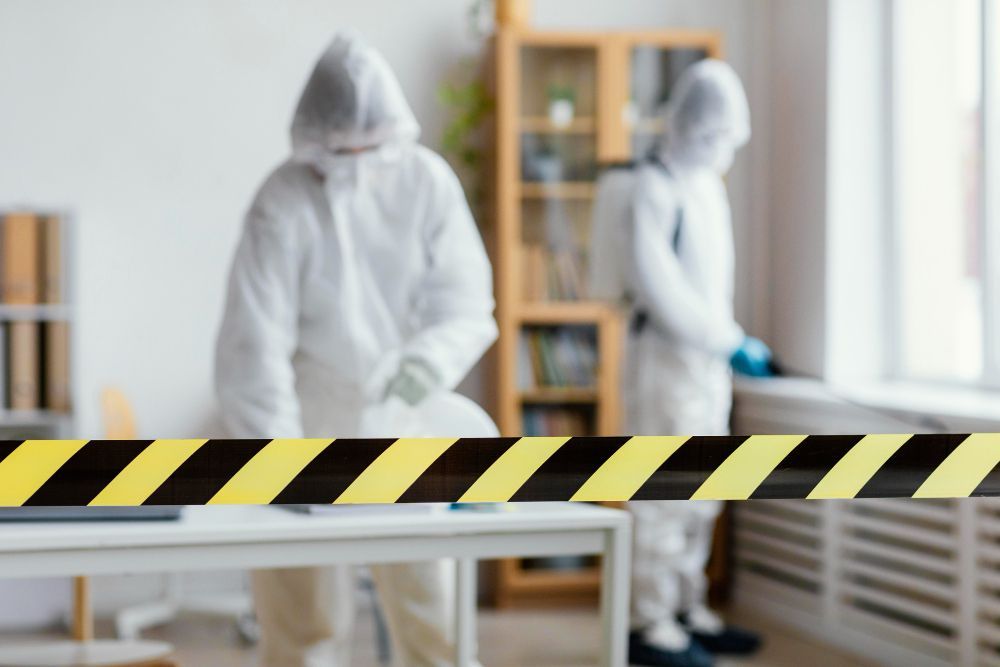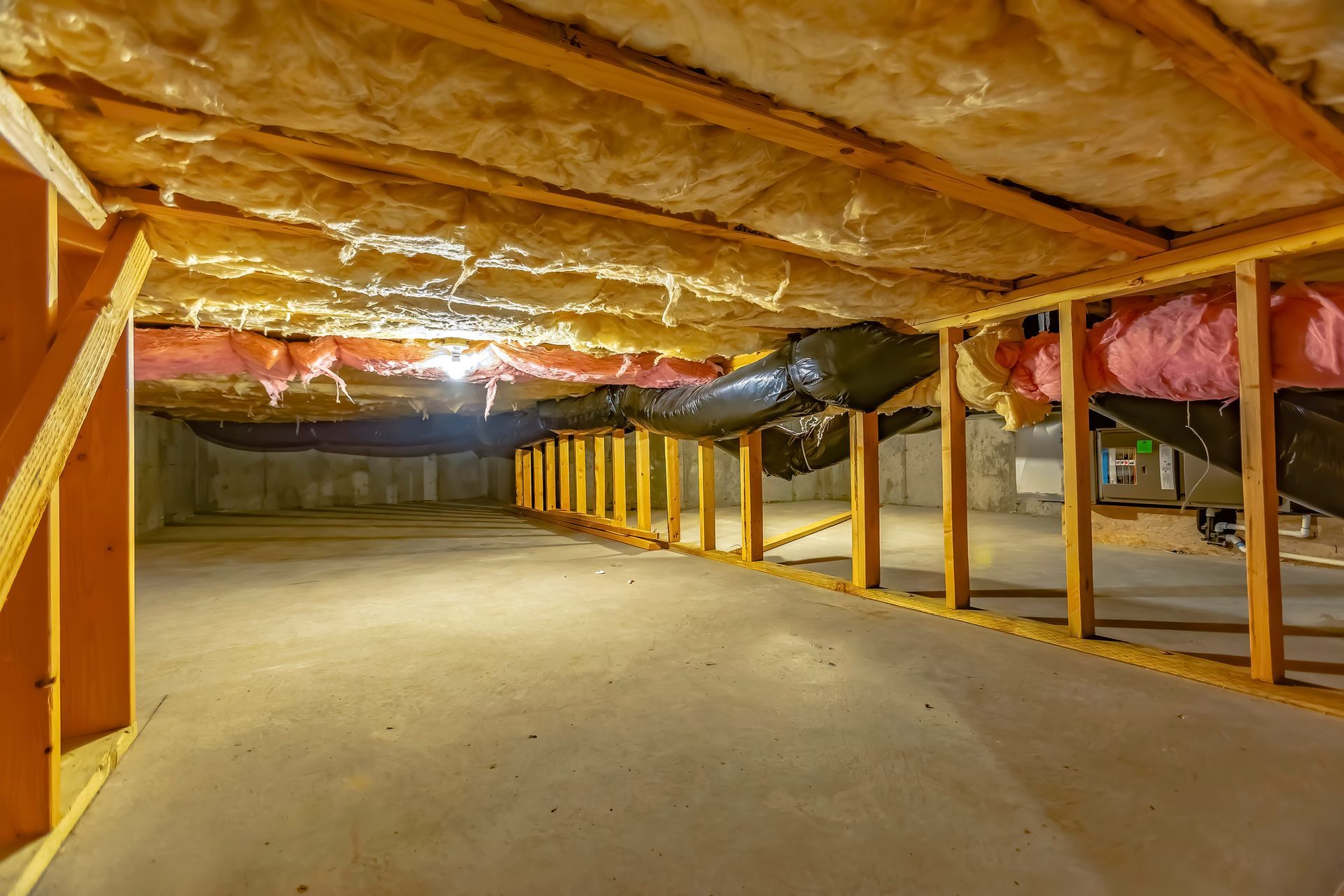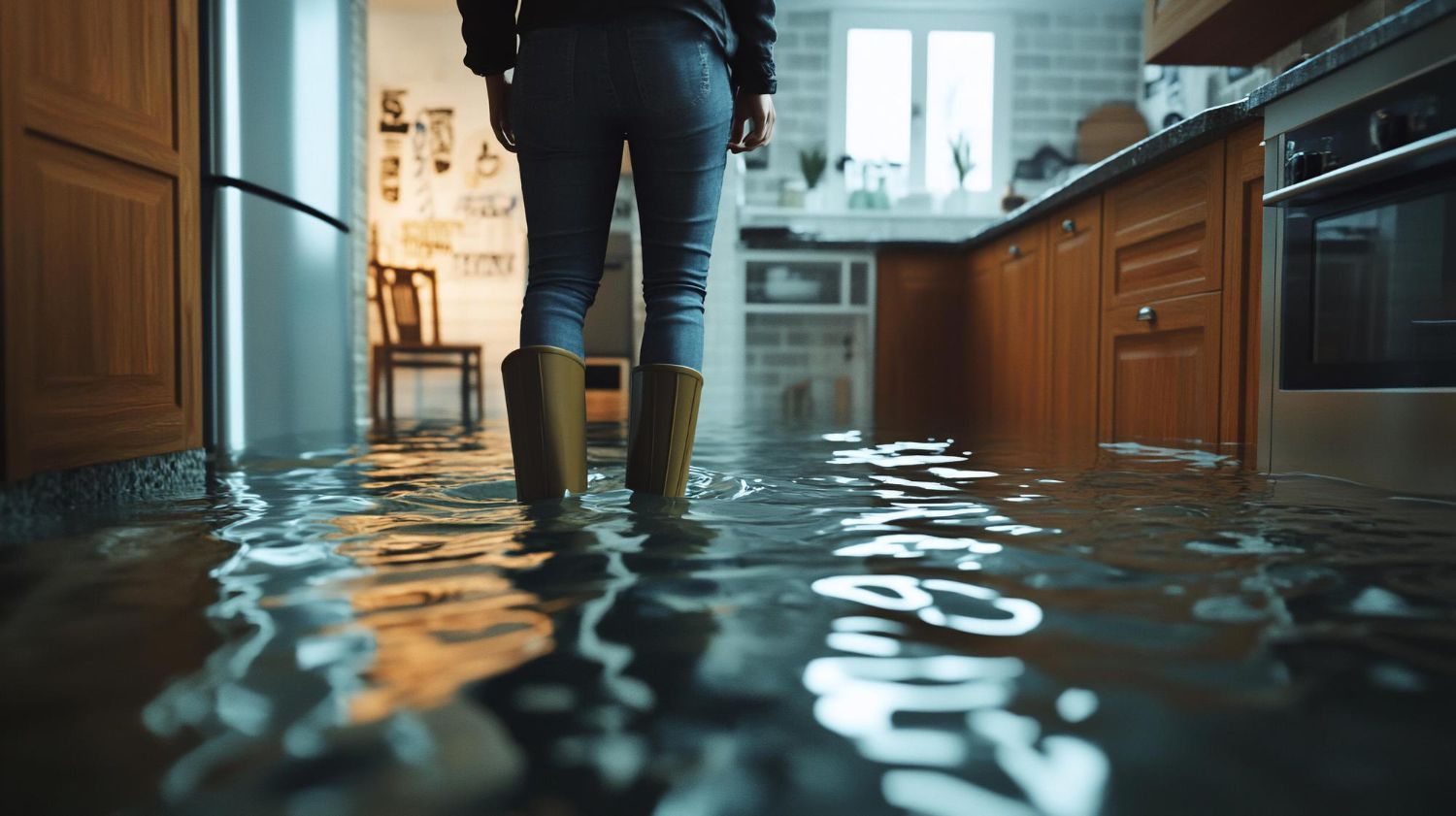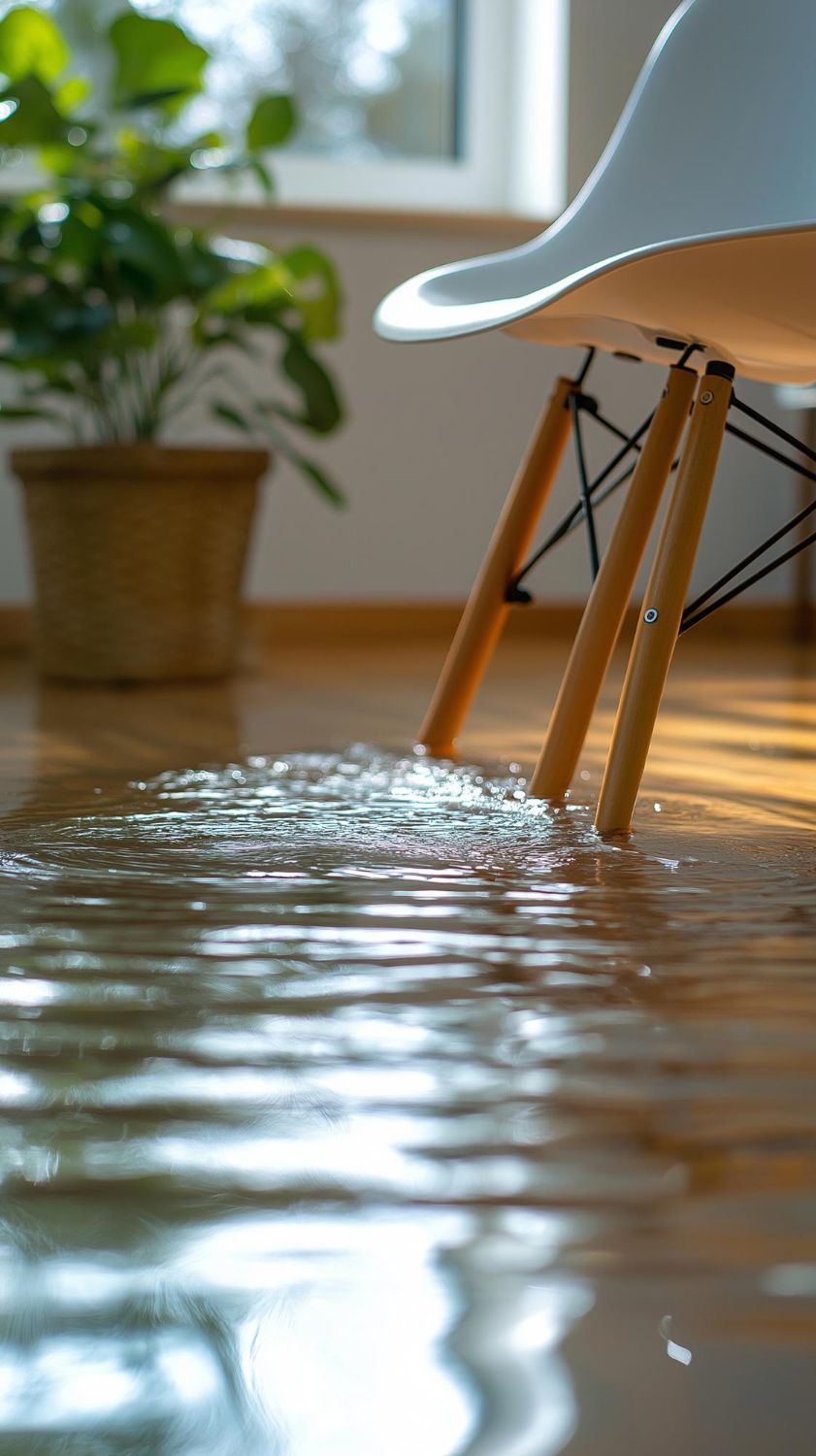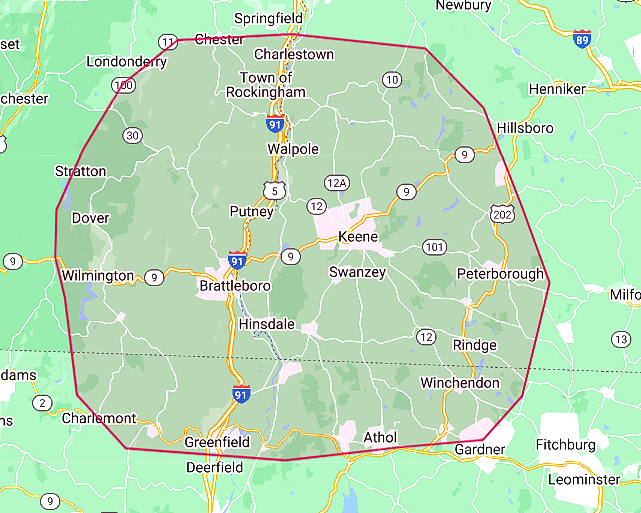Sewage Backup vs. Drain Clog: How to Tell the Difference
Sewage Backup vs. Drain Clog: How to Tell the Difference
-Brattleboro, VT
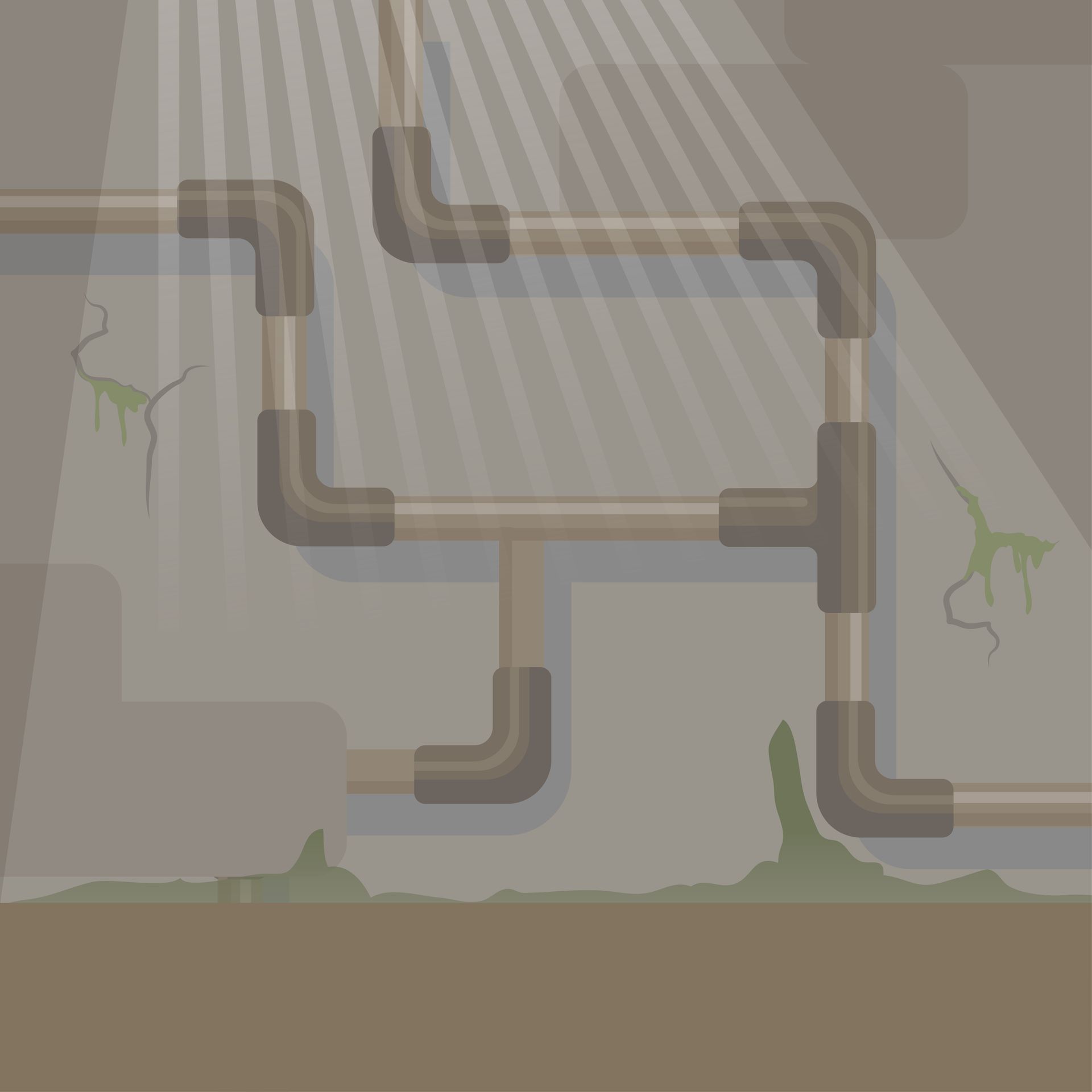
A slow-draining sink or foul-smelling water backup can be a sign of either a sewage backup or a simple drain clog. Knowing the difference is essential for taking the right action before the problem worsens. At Quality Restoration, servicing Brattleboro, VT, we specialize in sewage cleanup and drain solutions.
What is a Drain Clog?
A drain clog occurs when debris, grease, hair, or foreign objects block the flow of water in a sink, tub, toilet, or shower drain.
Signs of a Drain Clog:
- Water drains slowly in one fixture (sink, shower, or tub).
- A gurgling sound comes from the affected drain.
- Water is still flowing in other parts of the house.
- No foul sewage odor is present.
Common Causes of Drain Clogs:
- Hair, soap scum, or grease buildup.
- Foreign objects (flushable wipes, toys, excessive toilet paper).
- Food particles clogging kitchen sink drains.
How to Fix a Drain Clog:
- Use a plunger to dislodge minor blockages.
- Pour a mixture of hot water, baking soda, and vinegar to dissolve grease.
- Try a drain snake to remove deep clogs.
- If multiple drains clog simultaneously, call a professional plumber
What is a Sewage Backup?
A sewage backup occurs when wastewater cannot drain properly due to a blockage in the main sewer line. Unlike a simple clog, a sewage backup is a major health hazard and requires professional cleanup.
Signs of a Sewage Backup:
- Multiple drains clog at once, including sinks, toilets, and tubs.
- Water backs up into lower-level drains (such as a basement or first-floor bathroom).
- Strong sewage odors come from drains, even when not in use.
- Gurgling noises in multiple drains when using water in different areas of the home.
- Toilet water bubbles or overflows when flushing.
Common Causes of Sewage Backups:
- Tree root infiltration – Tree roots grow into underground sewer pipes, causing blockages.
- Main sewer line blockage – Excess grease, wipes, or debris clog the main sewer line.
- Municipal sewer system overflow – Heavy rain or flooding can overload the local sewer system, pushing sewage back into homes.
- Old or damaged sewer pipes – Aging pipes can collapse or crack, preventing wastewater from draining properly.
What to Do If You Have a Sewage Backup
- Stop using water immediately to prevent further overflow.
- Avoid contact with contaminated water due to health risks.
- Turn off electricity in affected areas if there is standing water.
- Do not attempt DIY cleanup—sewage contains dangerous bacteria and requires professional handling.
- Call a professional sewage cleanup service like Quality Restoration for safe and thorough cleanup.
How to Prevent Sewage Backups and Drain Clogs
- Avoid flushing wipes, grease, and large debris down drains.
- Install drain strainers to catch hair and food particles.
- Have your sewer line inspected and cleaned regularly.
- Consider a backwater valve to prevent sewage from flowing back into your home.
- Keep tree roots away from underground sewer pipes.
Need Professional Sewage Backup Cleanup in Brattleboro, VT?
If you're dealing with a clogged drain or a serious sewage backup, don’t wait for the problem to get worse. Quality Restoration provides emergency sewage cleanup and drain restoration services in Brattleboro, VT.
